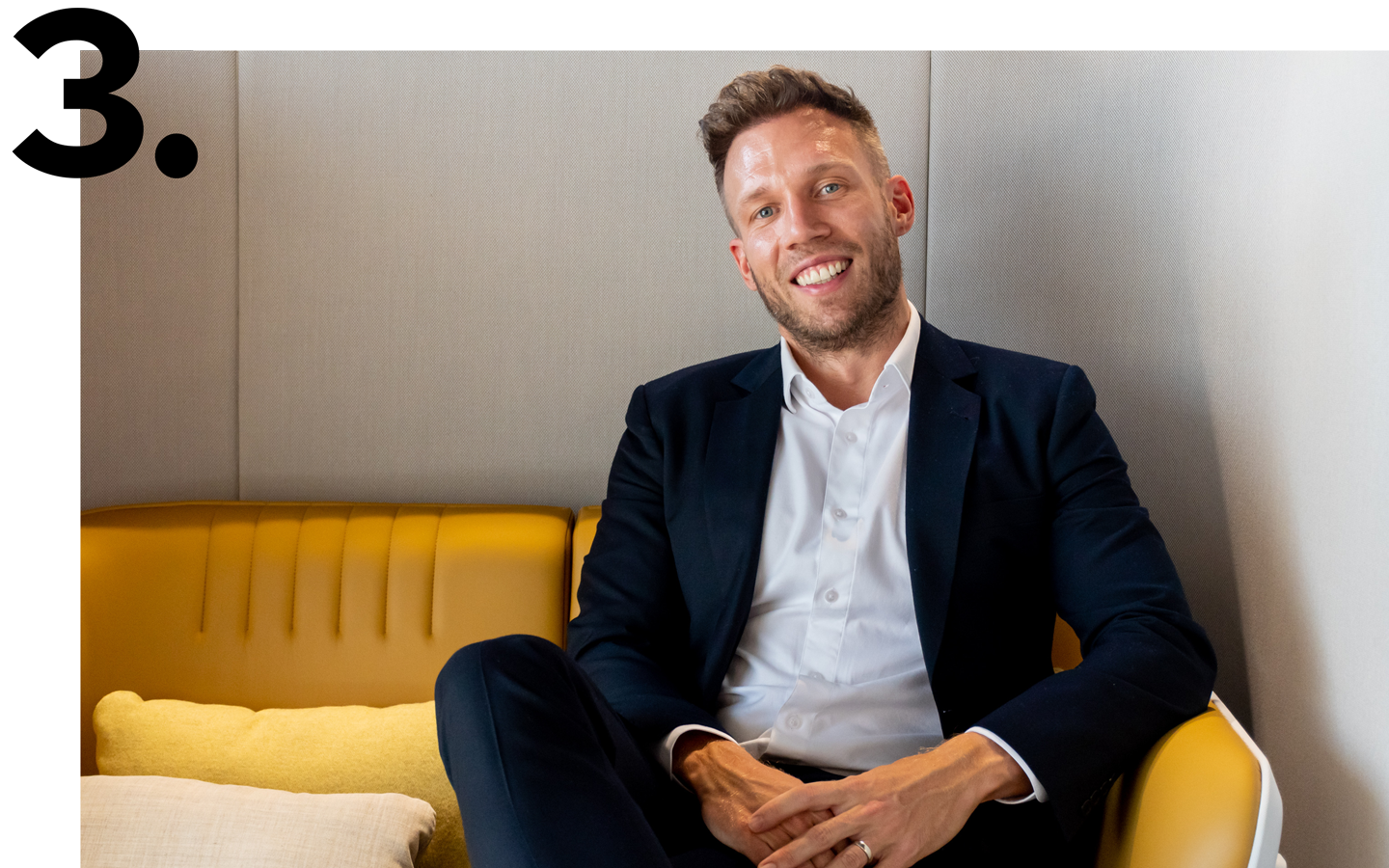PAUL LUDLAM
Director, Head of Fit-Out UAE, JLL
Experience in the field: 16 years
The biggest misconception about a project manager’s role is that we take more of a support role on the project; we take minutes, do agendas, do reports, and programs ,which basically implies we become passengers to the project management process. However, I would consider PM’s leaders of the overall process. To be a project manager, we must lead the process and all integral team members along the set timelines and budget.
What are the many roles that project managers have to undertake, particularly in this region?
You need to have a good understanding of the overall process and be able to understand all traits and parts that need to come together from inception to implementation. If you do not have this understanding, you will not gain the respect of your peers and project stakeholders.
At some point, you are also an advisor, not just to the client but also the consultants, because projects are demanding and time consuming. Particularly in the Middle East, the programs are very aggressive and you need to move quickly. So you need to talk to the client and make them aware of the consultants’ processes, to make sure that everyone can meet their deliverables.
I have worked in the UK, Australia and here in the Middle East. One of the key differences of working in this region is the multicultural team. Just in the fit-out team at JLL, we have 12 different nationalities with equally different approaches. In my opinion, this gives us an edge and an ability to connect to our clients better.
Because JLL now has multiple services in house including interior design services, it has given me a better understanding of the project lifecycle. My conversations with clients have become much broader now, and not just focused on project and cost management.
What is the value that a project manager brings to a project?
The fundamental role of a project manager is to provide robust advice to the client, and to protect the project against risks – you are there to protect the client and make sure the project runs smoothly, and to drive and lead that process. You also need to create a platform for the consultants and the contractor to express themselves, so you can create a strategy that is accurate, which allows the consultants to express their creativity, but within the timeframe and the budget. The key value is to set and manage the expectations of the client so the team can achieve the goal.
And what is the most challenging aspect of this role?
As a Project Manager you have a responsibility to act impartially and provide accurate and timely advice, and sometimes this means saying no to clients. This is very important in gaining the respect of your team, and for them to trust you and join you on your journey to delivering a successful project. Everyone has to feel that they are moving in synch with one common goal in mind.
How do you see your role evolving in the future?
I think it would be to integrate further technology into the process to streamline it even more. For example, JLL’s ability to scan buildings allows us more accurate information from the beginning before we start the design phase. This ensures that we are designing to the latest information, which greatly reduces the risk for the client.







